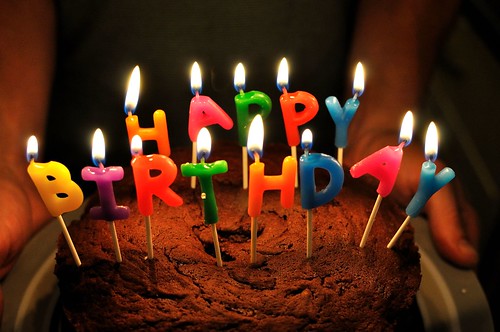Our fourth birthday has just skipped past. I nearly didn’t notice because I’ve spent the last two weeks building sand castles on a Spanish beach, and my brain is still struggling to cope with the concepts of ‘work’ and ‘copywriting’.
But there it is: four years have passed since I started Kendall Copywriting. This event isn’t of much interest to you, but it’s exciting to me because I never knew if I would survive this long. As for any freelancer or business-starter, there is no guarantee of work, or success. So I’m glad to observe this anniversary, because coming this far was never a certainty.
The past year has been the most interesting so far, and has included writing web copy for big brands, small companies and fresh startups, writing white papers and helping multinational brands with content strategy.
Here’s to another year!








